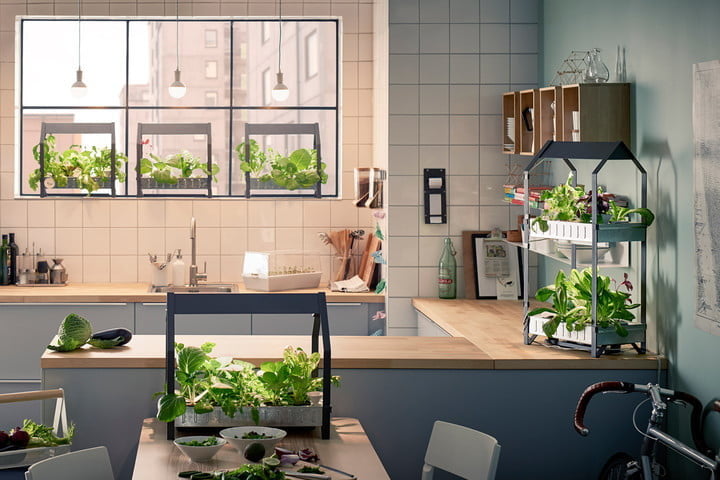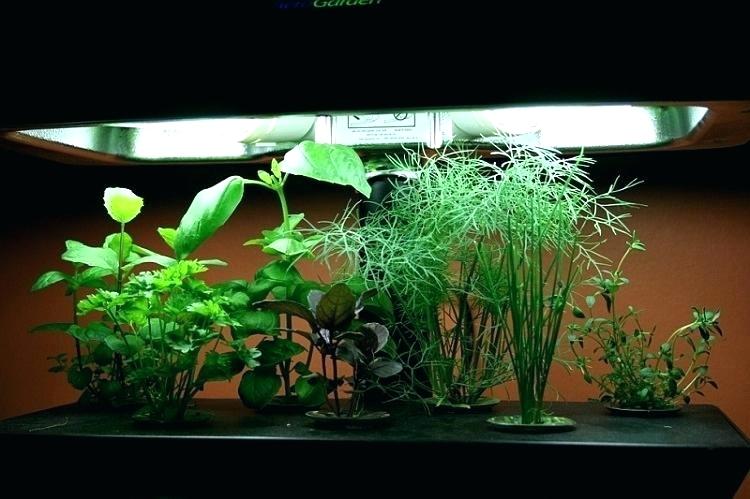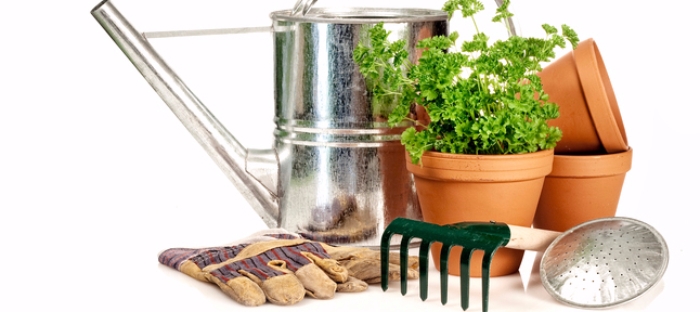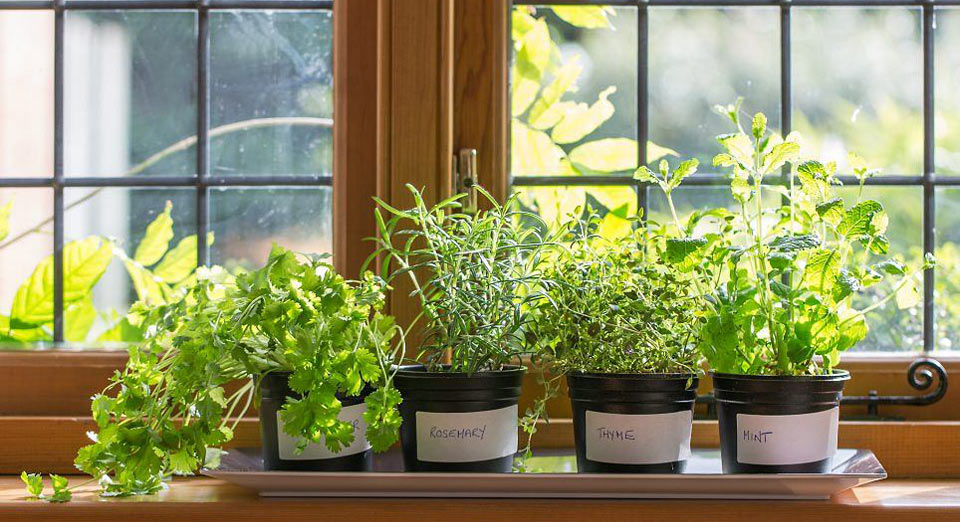A lot of people continuously complain about the fact that they do not have enough space or land at all to construct a garden. Others look at how the weather becomes snowy or very hot and never want to venture into any kind of gardening. They have not looked further. The most realistic of all alternatives is to start indoor vegetable gardening. The benefits of indoor vegetable gardening include the fact that no matter what the weather looks like there will always be some fresh vegetables to be produced.
For people who are old aged or for those who are physically challenged and have to stay indoors for the rest of their lives, this will come as a unique hobby. It is also not too costly to start. The most commonly grown vegetables include tomatoes, peppers, lettuce, miniature cabbage and some types of carrots. There are a few things to note about indoor vegetable gardening.
The first requirement is the containers to house the vegetables. Indeed these could range from readymade pots from the market, plastic containers, and old cans and so on. Moreover, the containers should have some holes under it to allow for adequate drainage. You could use an ice pick to bore the holes in plastic containers and also metal and tin containers. The holes could also be done at the sides.
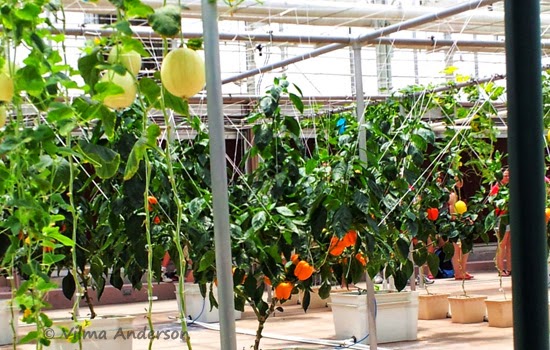
Alternatively, one could put a layer of gravel in the container before placing the soil inside. The soil type to be used should also match the vegetable that is being grown. For containers that are hung from a ceiling, they will require lighter mediums as compared to those placed on flat surfaces which could utilize heavier mediums.
For your indoor vegetable garden, the soil should preferably be bought from a store and should contain adequate amounts of fertilizer. The soil should be light and drainable. Furthermore, inputting the soil in the soil make sure it is not too closely packed as this will prevent the proper development of roots. Space should be at the top to allow for easy watering of the soil. The watering should be done in adequate amounts. The plants must be watered every day of the week. For your indoor vegetable gardening to produce results, the pots should be placed at spots where they will receive an adequate supply of sunlight or artificial light.
